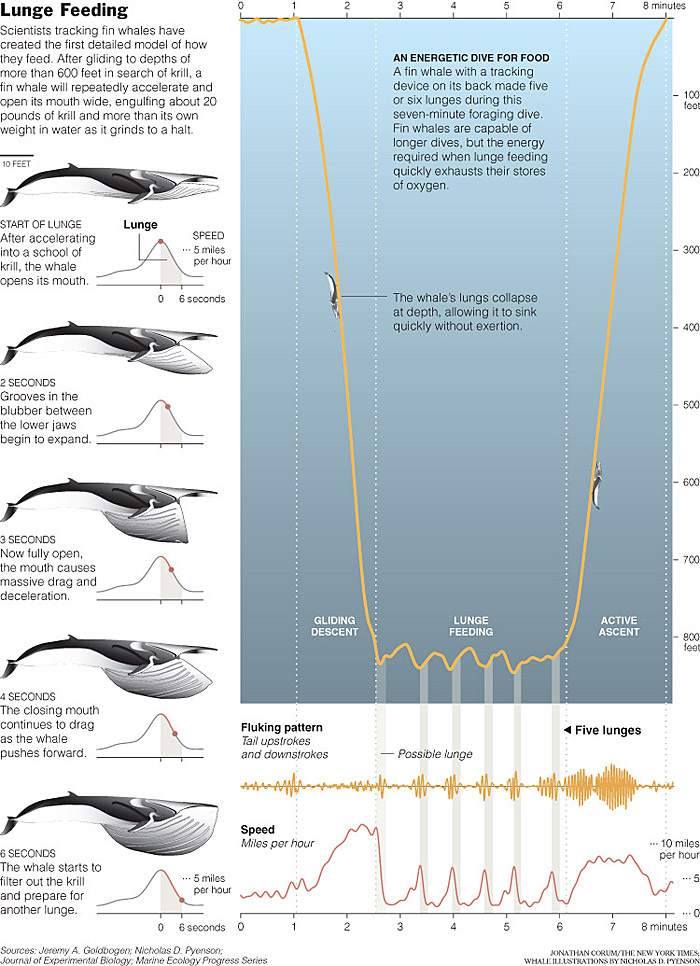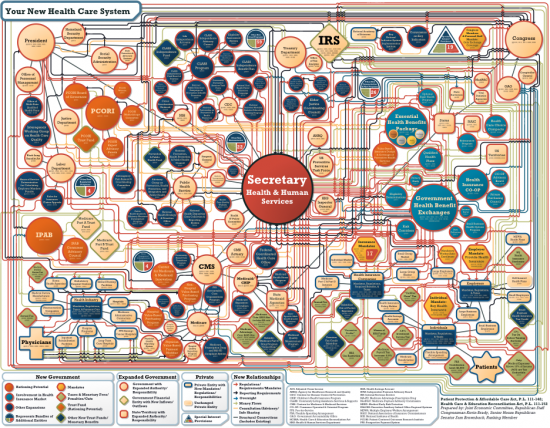Wednesday, September 29, 2010
Another set of Good Data Graphics
Here is another good example of graphics used. It describes the diving and feeding patterns of whales.It is really straight forward and provides a very linear and mathematical way of reading it from left to right. It uses pictures to clearly indicate it is talking about a whale. I could easily read this and see the diving pattern and what happens at each stage.
Bad Data Graphics
I guess I was confused on the final module one task. I thought that I had to upload one good and one bad comic book format. I have a bad one. But here is an example of a bad data graphics. I already presented, but here is a really confusing diagram of some sort. It is a flow chart having to do with health care. But there is just too much information packed into it. It is unappealing. There are too many arrows, labels, and the viewer doesn't know where to begin and end when looking at it. Simply unappealing.
Monday, September 27, 2010
Mind Map
Mind map of an Intro to Chemical Engineering lecture. What is possible with the discipline and what does it take?
Saturday, September 25, 2010
Successful Graphical Instructions
This example is an example of notorious Japanese instructions. The Japanese have a reputation of strange and sometimes confusing signs and how-to's.
But this is an example of clear instructions. Clearly, it states that in the event of a small fire, attempt to extinguish it with a fire extinguisher. If not successful, close windows and doors and quickly make an escape. An elevator should not be used in event of a fire.
The images used are conventional stick figure diagrams that are easy to relate to. The simplicity in the scenarios make the point quick and clear. Which is a necessity in an emergency situation. There is not a single bit of clutter on this sign. Everything in it is necessary. Nothing extra.
The comic format is strange enough to catch the eyes of those nearby. An individual would have to be either busy or extremely boring to not be interested in a sign like this. This is a good thing because if a fire were to start, those inside would already know what to do, having been distracted by the sign at some time or another.
Visually, the colors used are all bright and lively. This adds to the interest factor of the sign. Additionally, it is primarily yellow, a color which the human eye is very sensitive to. The red indicates danger. In Japan, green is the color of the exit signs. In fact, the symbol used here is exactly the same as the true exit signs used. The colors all implicitly express something visually. Viewers are well informed with this sign around.
But this is an example of clear instructions. Clearly, it states that in the event of a small fire, attempt to extinguish it with a fire extinguisher. If not successful, close windows and doors and quickly make an escape. An elevator should not be used in event of a fire.
The images used are conventional stick figure diagrams that are easy to relate to. The simplicity in the scenarios make the point quick and clear. Which is a necessity in an emergency situation. There is not a single bit of clutter on this sign. Everything in it is necessary. Nothing extra.
The comic format is strange enough to catch the eyes of those nearby. An individual would have to be either busy or extremely boring to not be interested in a sign like this. This is a good thing because if a fire were to start, those inside would already know what to do, having been distracted by the sign at some time or another.
Visually, the colors used are all bright and lively. This adds to the interest factor of the sign. Additionally, it is primarily yellow, a color which the human eye is very sensitive to. The red indicates danger. In Japan, green is the color of the exit signs. In fact, the symbol used here is exactly the same as the true exit signs used. The colors all implicitly express something visually. Viewers are well informed with this sign around.
Subscribe to:
Posts (Atom)






